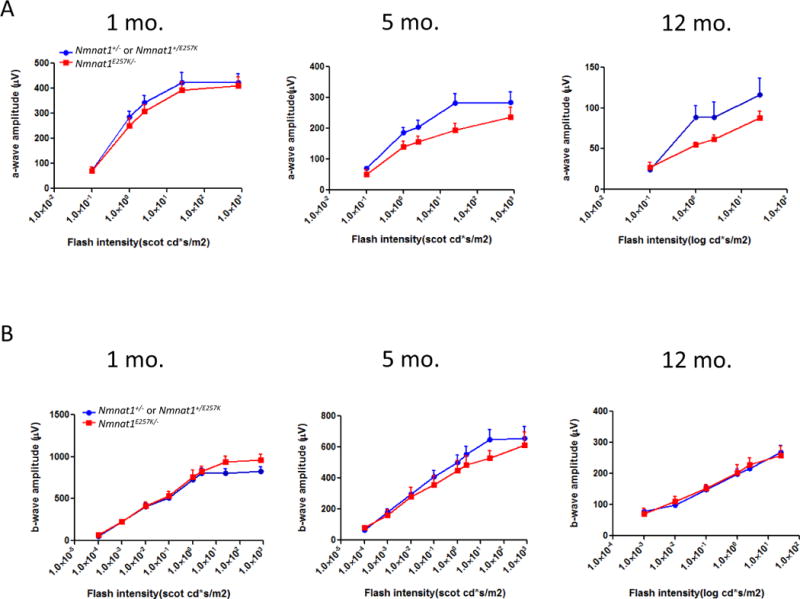Figure 3. Nmnat1E257K/− mice exhibit photoreceptor dysfunction.

Electroretinogram recordings performed on Nmnat1E257K/− mutant mice and Nmnat1E257K/+ or Nmnat1+/− littermate control mice at 1 month, 5 months, and 12 months of age averaged from n ≥ 5 per group per genotype. (A) A significant reduction in the a-wave amplitude was detected in 5-month-old and 12-month-old Nmnat1E257K/− mutant mice (shown in red) compared to the a-wave amplitude of age-matched control littermates (shown in blue). (B) ERG responses (n≥ 5) of the b-wave show no marked decrease in amplitude in Nmnat1E257K/− mutant mice compared to Nmnat1E257K/+ or Nmnat1+/− littermate control mice at 1 month, 5 months, and 12 months of age.
